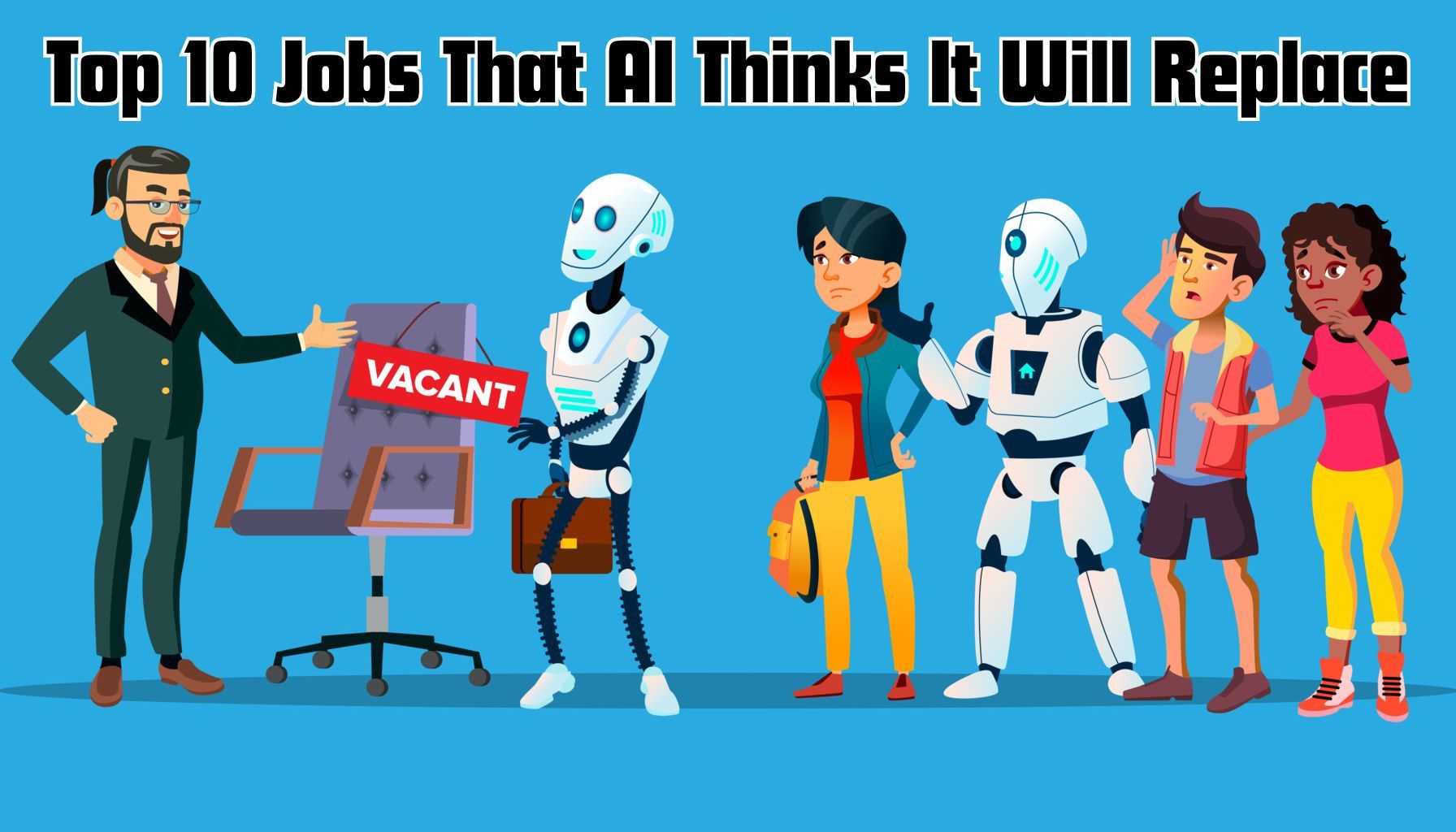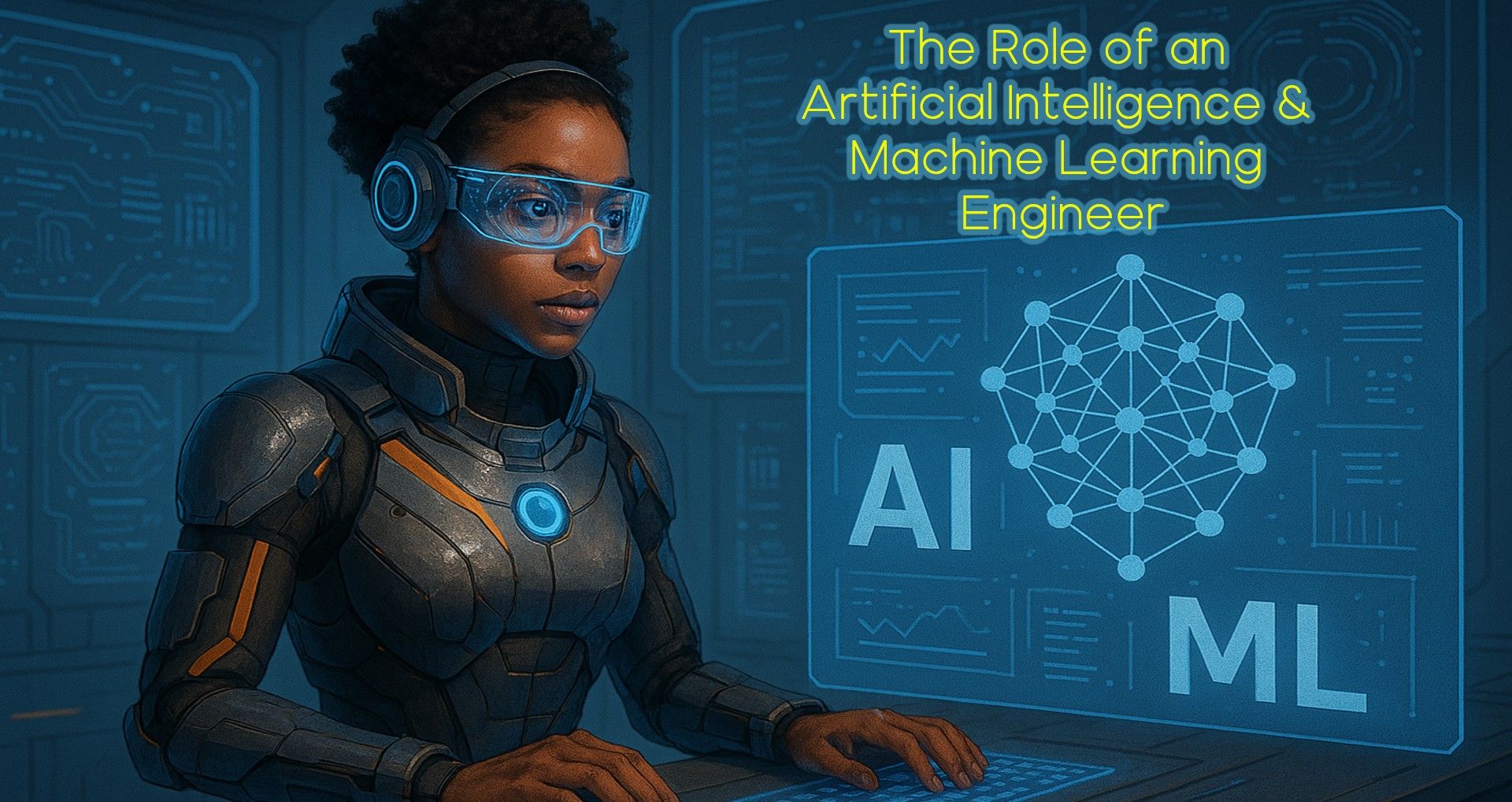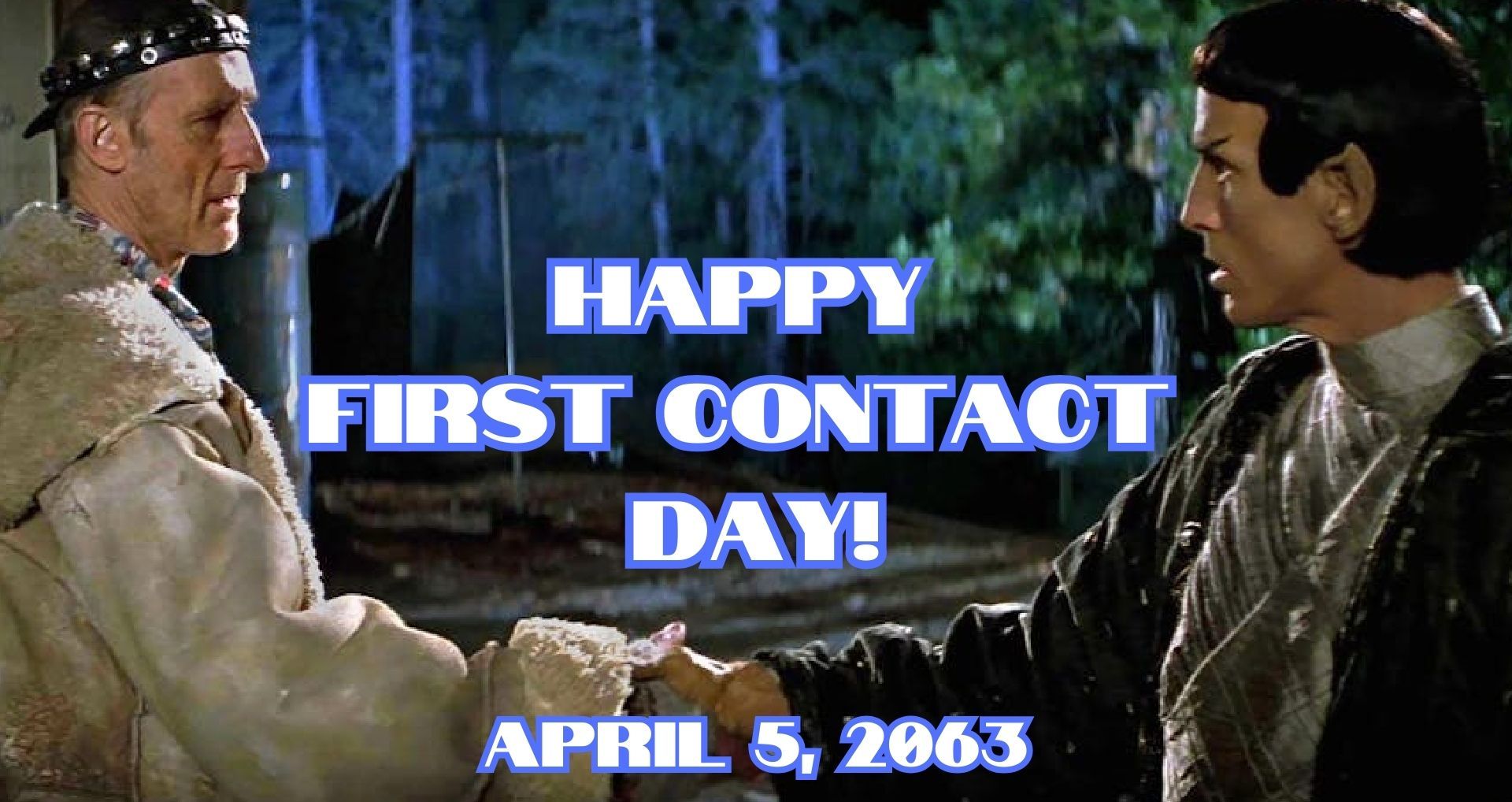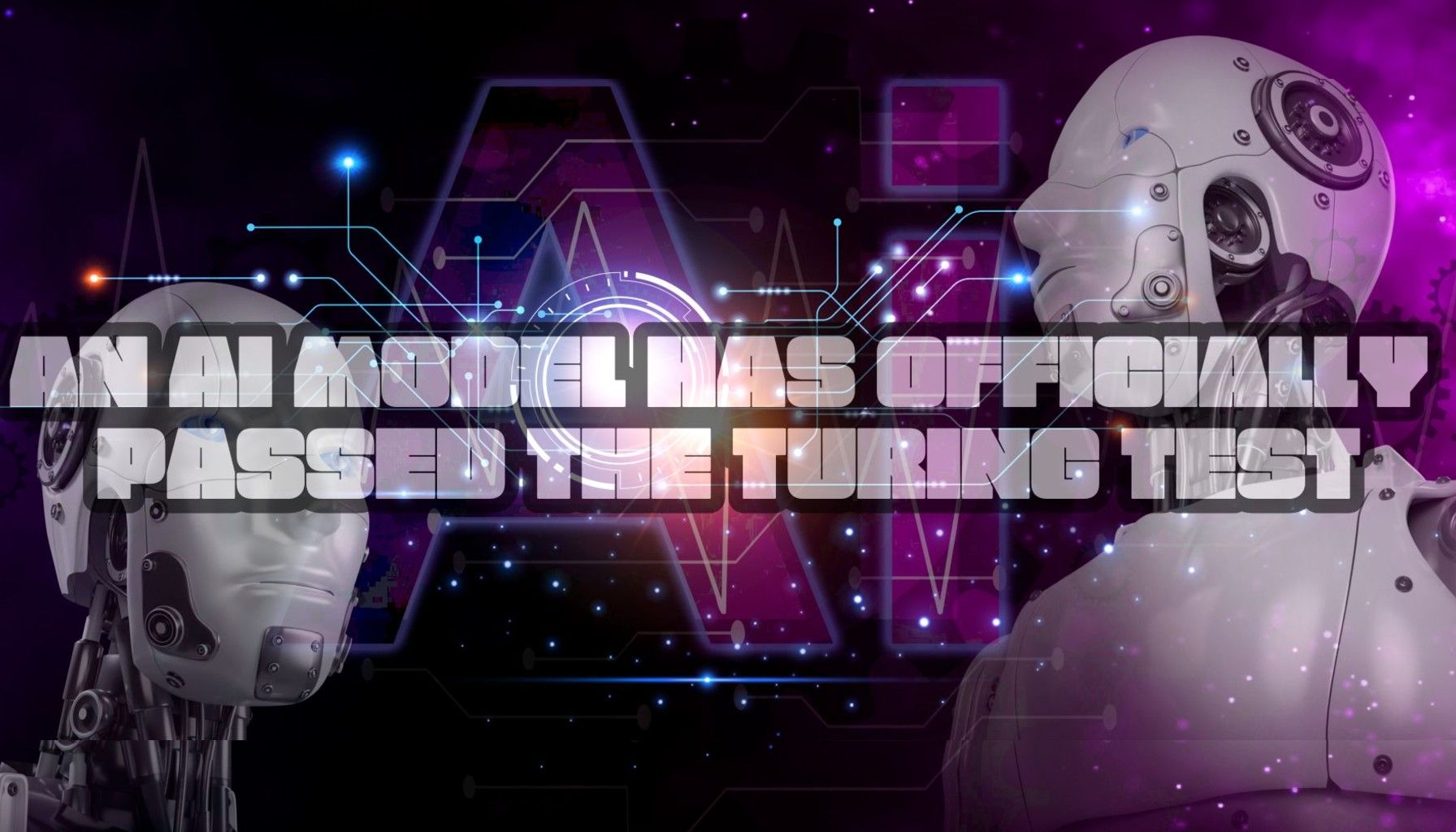
I asked GPT o3 which 10 jobs will be replaced by AI and how long until humans are out.
Below is a list of 10 jobs where current AI technology—especially when enhanced by advanced reasoning models (sometimes referred to in speculative contexts as an “o3 reasoning model”)—is already making inroads. Keep in mind that the degree of “replacement” often means automating routine or repetitive tasks rather than eliminating every human aspect of a role. Also, transition timeframes are approximate estimates that can vary by industry, regulatory environment, and company investment.
#1
Data Entry Clerk
How AI Will Replace It:
AI systems using optical character recognition (OCR) and machine learning algorithms can automatically extract and input data from documents, forms, and scanned images into databases.
Why AI Is Better:
These systems operate 24/7, reduce human error, and can process large volumes of data faster and more cost-effectively than manual entry.
Timeframe for Transition:
In many industries, automation of data entry is already underway—with full or near-full automation achievable within 1–2 years in sectors that haven’t already adopted such solutions.
#2
Telemarketer/Outbound Sales Caller
How AI Will Replace It:
Natural language processing (NLP) and voice synthesis technologies enable AI-powered bots to make outbound calls, engage in scripted dialogues, and handle common customer inquiries.
Why AI Is Better:
AI-driven systems can handle a far higher volume of calls simultaneously, offer consistent interactions, and work continuously without fatigue.
Timeframe for Transition:
Ongoing pilots and early adoption projects suggest that widespread replacement could occur within 2–3 years.
#3
Customer Support Representative (Tier-1)
How AI Will Replace It:
Chatbots and virtual assistants can answer frequently asked questions, troubleshoot standard issues, and escalate complex cases to human agents when necessary.
Why AI Is Better:
They provide immediate responses, are scalable, and ensure a consistent quality of service while lowering support costs.
Timeframe for Transition:
Many companies already employ AI chatbots. Continued improvements could lead to near-complete automation of routine queries in 2–5 years.
#4
Content Writer/Journalist (Routine, Data-Driven Reporting)
How AI Will Replace It:
AI language models can generate news summaries, financial reports, weather updates, and sports recaps by analyzing structured data and templated writing patterns.
Why AI Is Better:
They can produce content faster, work around the clock, and free human journalists to focus on investigative and in-depth reporting.
Timeframe for Transition:
For routine reporting tasks, adoption is already underway, with broader use expected to ramp up over the next 2–3 years.
#5
Legal Document Reviewer/Paralegal Tasks
How AI Will Replace It:
Advanced NLP systems can scan contracts, identify clauses, flag potential risks, and compare documents against regulatory requirements.
Why AI Is Better:
AI systems process large volumes of text quickly, reduce oversight, and lower legal review costs—complementing rather than completely replacing the nuanced judgment of legal professionals.
Timeframe for Transition:
Many large law firms and corporate legal departments are testing these systems; full integration for routine review tasks could take 3–5 years.
#6
Medical Radiology (Routine Image Analysis)
How AI Will Replace It:
Computer vision and deep learning models are used to analyze X-rays, MRIs, and CT scans, detecting patterns and anomalies that may indicate disease.
Why AI Is Better:
These tools can offer consistent, rapid evaluations and sometimes spot subtle patterns that may be missed by the human eye, assisting radiologists by handling routine image analyses.
Timeframe for Transition:
While AI is currently used as an assistive tool, routine diagnostic tasks may become largely automated within 5–10 years, with careful oversight remaining essential.
#7
Translation and Interpretation
How AI Will Replace It:
Neural machine translation models can translate text and even offer real-time spoken language translation in many language pairs.
Why AI Is Better:
They provide fast, cost-effective translations that improve with continued data input, offering consistent quality for standard communications.
Timeframe for Transition:
In many contexts (especially for written content), AI translation is already common. Full adoption for routine translation needs is effectively happening now, with broader real-time applications likely within 1–2 years.
#8
Proofreader and Basic Editor
How AI Will Replace It:
Language tools like Grammarly and AI-powered editors use statistical models and deep learning to detect grammar, style, and punctuation errors in real time.
Why AI Is Better:
They provide instantaneous feedback, maintain consistency across documents, and reduce the time and cost associated with manual proofreading.
Timeframe for Transition:
Many writers and businesses already rely on these tools; complete reliance for routine editing could become the norm within 1–2 years.
#9
Financial Analyst/Algorithmic Trading Tasks
How AI Will Replace It:
AI models analyze vast datasets to detect market trends, assess risk, and execute trades at speeds that humans cannot match.
Why AI Is Better:
The ability to process real-time information and execute complex strategies automatically can lead to more informed and timely decision-making, reducing emotional bias.
Timeframe for Transition:
Algorithmic trading is already well established in financial markets, with further expansion into broader financial analysis expected over the next 2–3 years.
#10
Supply Chain and Inventory Management
How AI Will Replace It:
Predictive analytics and real-time data monitoring enable AI to forecast demand, optimize inventory levels, and streamline logistics operations.
Why AI Is Better:
AI provides enhanced efficiency, minimizes waste, and quickly adapts to market fluctuations or supply disruptions, improving overall operational resilience.
Timeframe for Transition:
With many companies already piloting AI-driven supply chain tools, full integration is anticipated in 2–5 years.
A Few Final Thoughts
-
Augmentation vs. Replacement:
In many cases, AI is more likely to augment human work—taking over repetitive or highly standardized tasks—while leaving strategic, creative, and interpersonal aspects to human professionals. -
Variable Adoption:
Transition timeframes can differ widely by industry, regulatory concerns, and organizational readiness. Some sectors may experience rapid change, while others will see a gradual shift. -
Ongoing Developments:
As AI models (including advanced reasoning models like the hypothetical “o3” model) continue to improve, the balance between automation and human oversight will evolve.
This list provides a snapshot based on current trends and technologies; as AI capabilities expand, so too will the range of tasks and roles that are automated.















